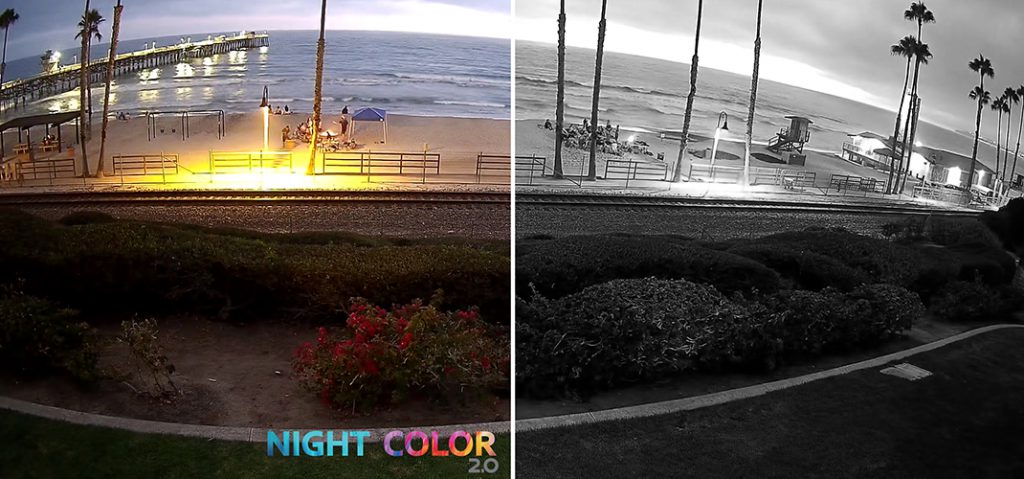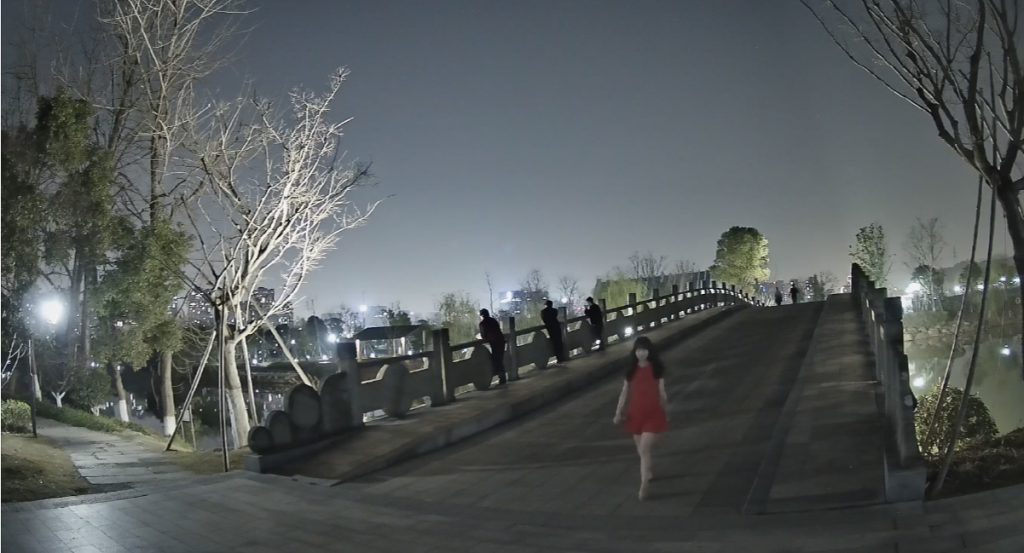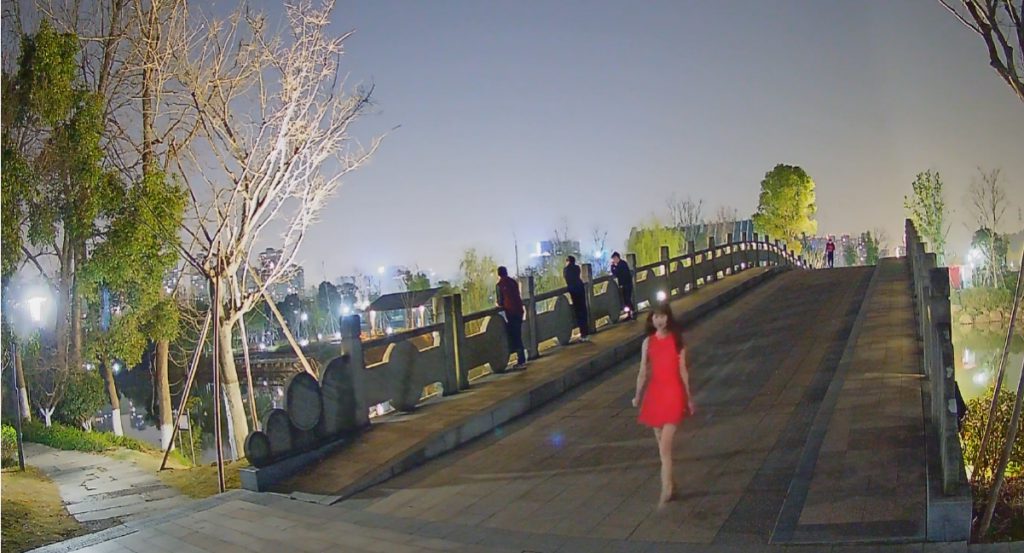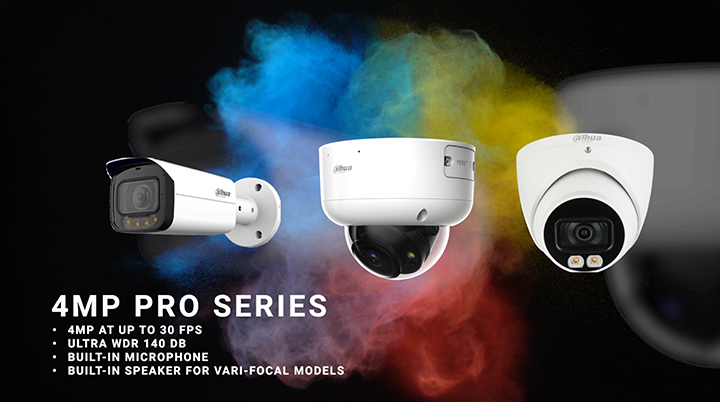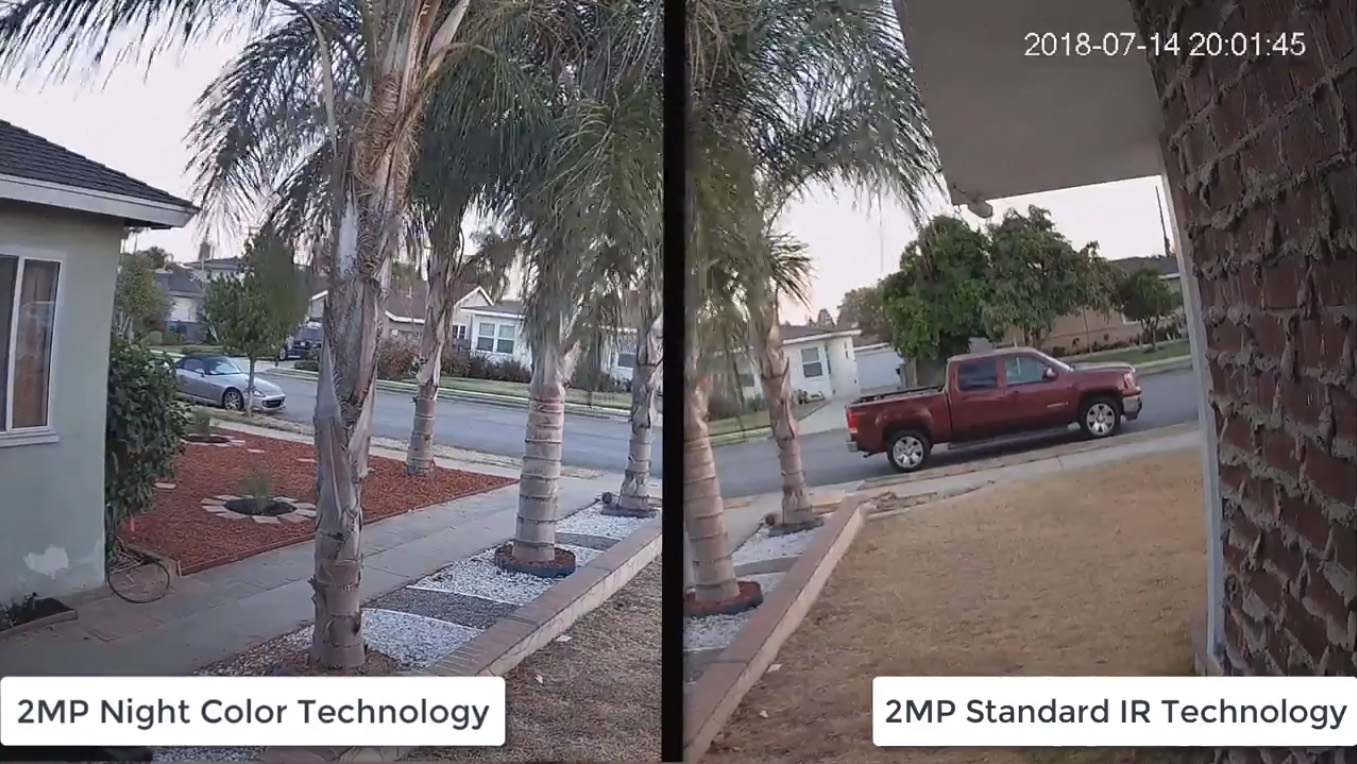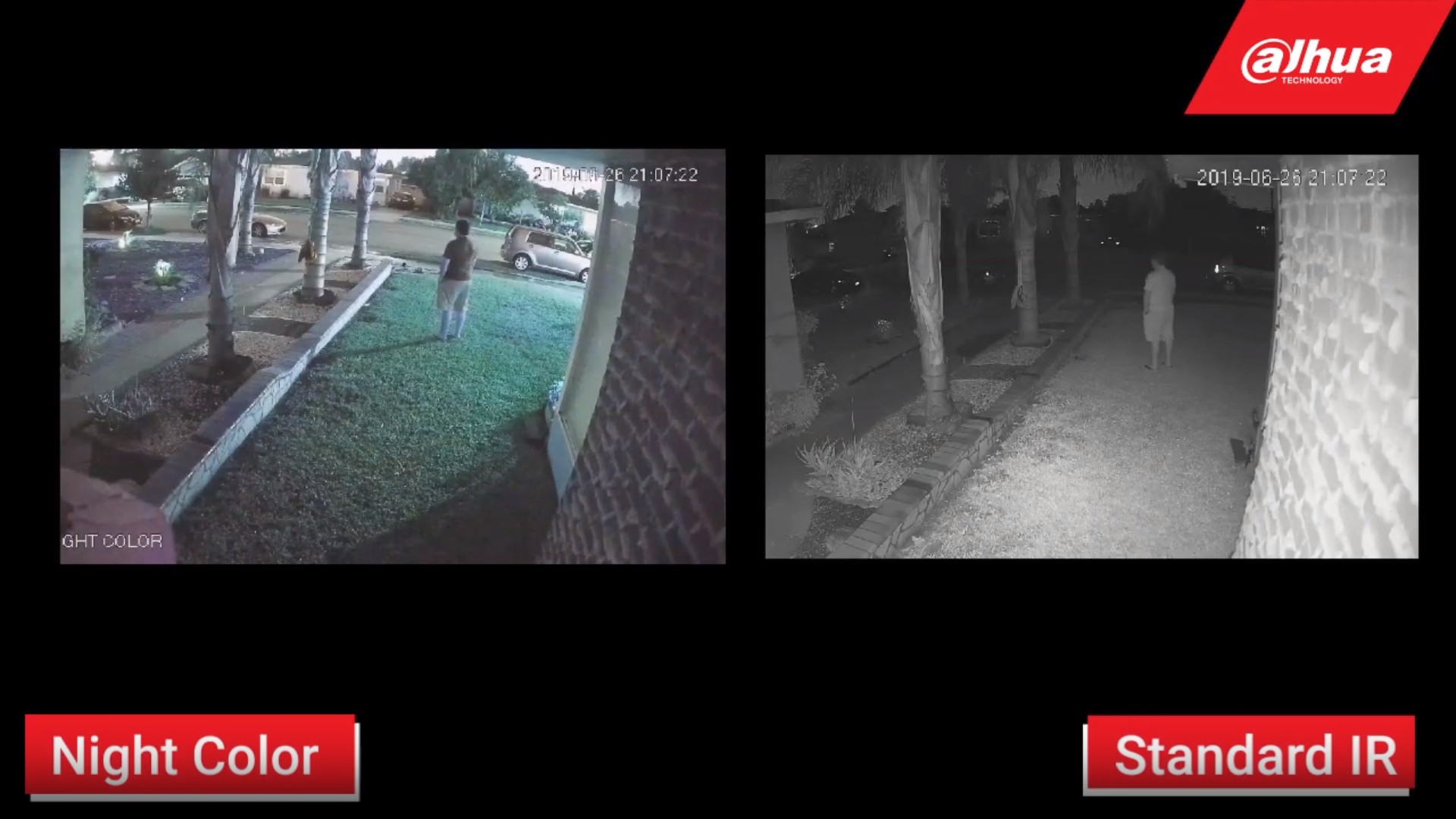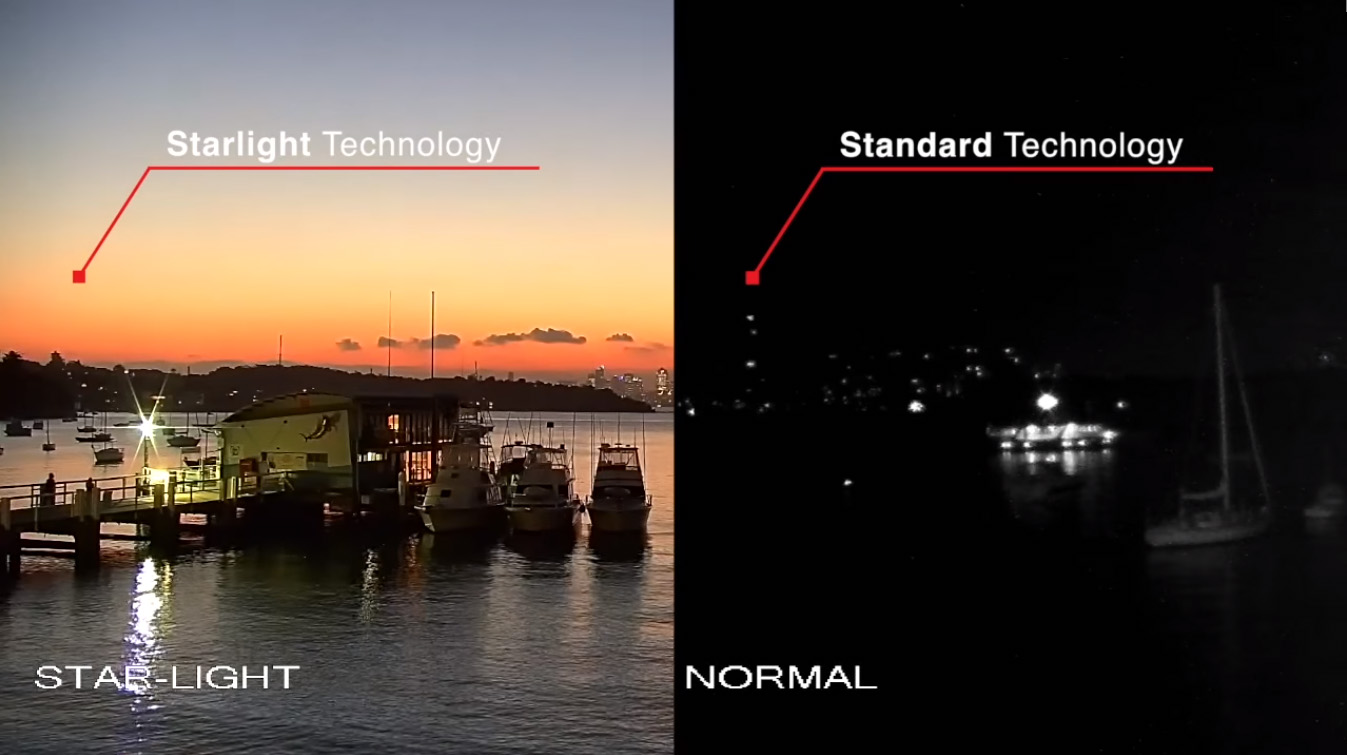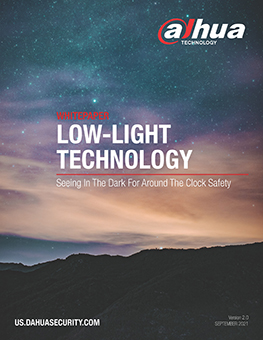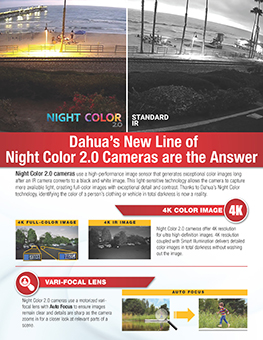Security cameras for low-light environments are not a one-size-fits-all solution. Each application has its own set of challenges, lighting constraints, and budget requirements. Dahua understands this dilemma and offers two main low-light technology tiers—Starlight Technology and Night Color Technology.
The primary differentiator between the two technologies is that with Starlight cameras the image will switch to black and white once the camera can no longer render a usable color image. With Night Color cameras, images will render full-color video regardless of low-lighting.
Within each of the technologies, there is a Good/Better/Best tier — to make it easy to choose the correct camera that fits your needs and your budget.
Multiple Low-light Levels to Meet Your Needs
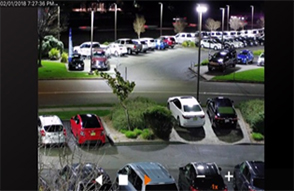
Basic Starlight
Good low-light performance for applications down to 0.008 to 0.009 lux. Features an IR cut filter.
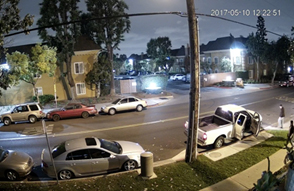
Enhanced Starlight
Enhanced low-light performance for applications down to 0.005 to 0.007 lux. Features an IR cut filter.
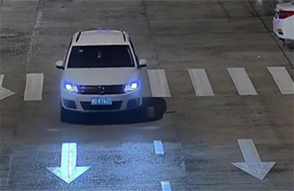
Starlight+
Best low-light performance for applications down to 0.004 lux or lower. Features an IR cut filter.
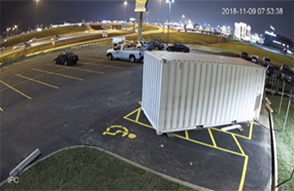
Basic Night Color
White-light LEDs provide full-color images when motion is detected.
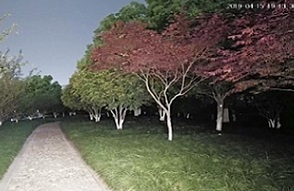
Enhanced Night Color
White-light LEDs provide full-color images throughout the night until lighting is restored.
Night Color+
Full-color images in near dark scenarios without the use of white-light LEDs.
Low-light technology provides security even in no-light settings.
About the Technology
- Starlight Overview
- Basic Starlight
- Enhanced Starlight
- Starlight+
- Night Color Overview
- Basic Night Color
- Enhanced Night Color
- Night Color+
Starlight Technology
Dahua’s Starlight technology uses optical, sensor and image processing technologies to provide clear images in dark environments. Dahua cameras with an IR cut filter (ICR) are designed to switch to night mode when the camera senses insufficient light to produce clear color images. When in night mode, the ICR disengages to allow infrared and visible illumination to reach the image sensor. Dahua cameras with Starlight technology can also electronically suppress color information to provide clear monochrome images down to a certain light level. Many cameras include built-in IR illuminators to reduce noise and light an area more.
Sensor
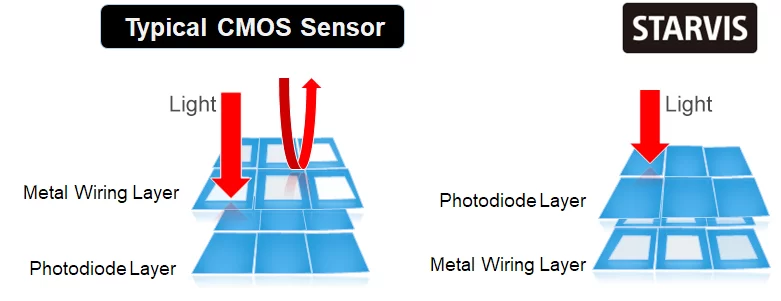 Many Dahua cameras offer low-light technology using a Sony STARVIS™ CMOS sensor. This back-illuminated pixel technology balances light throughout the scene, resulting in clear images in dark environments. A back-illuminated structure moves the photosensitive surface closer to the light, increasing the amount of light that enters each pixel. It also utilizes Smart Image Signal Processing to convert an image into digital form while enhancing the image or extracting useful information.
Many Dahua cameras offer low-light technology using a Sony STARVIS™ CMOS sensor. This back-illuminated pixel technology balances light throughout the scene, resulting in clear images in dark environments. A back-illuminated structure moves the photosensitive surface closer to the light, increasing the amount of light that enters each pixel. It also utilizes Smart Image Signal Processing to convert an image into digital form while enhancing the image or extracting useful information.
Optical
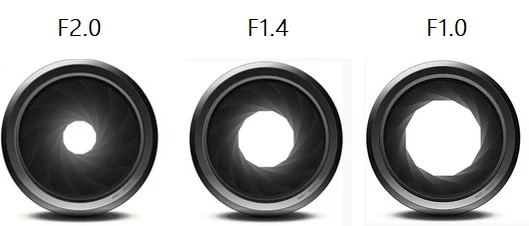 Lens aperture controls the amount of light that passes through the lens and into the body of the photosensitive surface of the camera. Dahua cameras with low-light technology feature a maximum aperture of F/2.2 to allow as much light as possible to pass through the lens and hit the sensor. A large aperture along with advanced ISP technology, Dahua’s propriety image processing algorithms, and STARVIS™ imagers allow these cameras to produce identification-level images in near-dark conditions.
Lens aperture controls the amount of light that passes through the lens and into the body of the photosensitive surface of the camera. Dahua cameras with low-light technology feature a maximum aperture of F/2.2 to allow as much light as possible to pass through the lens and hit the sensor. A large aperture along with advanced ISP technology, Dahua’s propriety image processing algorithms, and STARVIS™ imagers allow these cameras to produce identification-level images in near-dark conditions.
Image Signal Processing
Image Signal Processing (ISP) identifies and corrects imperfections caused by the lens, color filter, or sensor. Dahua cameras with STARVIS™ sensors offer two times the definition of Exview HAD CCD sensors and are capable of illuminating dark environments and incorporating near-infrared light for clear recording at night.
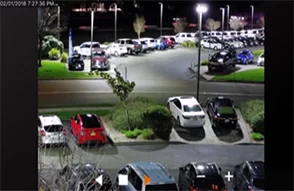 Dahua’s Basic Starlight technology is ideal for moderately dark areas. It offers good low-light performance for applications down to 0.008 to 0.009 lux. Basic Starlight offers an affordable price for low-light technology.
Dahua’s Basic Starlight technology is ideal for moderately dark areas. It offers good low-light performance for applications down to 0.008 to 0.009 lux. Basic Starlight offers an affordable price for low-light technology.
Recommended scenarios: Parks, stadiums, and parking lots with some ambient lighting.
Cameras Featuring Basic Starlight
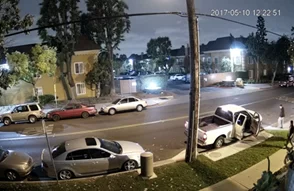 Dahua’s flagship low-light technology—Enhanced Starlight—produces clear images in low-light conditions down to 0.005 to 0.007 lux. Color details are captured longer for enhanced video quality.
Dahua’s flagship low-light technology—Enhanced Starlight—produces clear images in low-light conditions down to 0.005 to 0.007 lux. Color details are captured longer for enhanced video quality.
Recommended Scenarios: Applications with little to no ambient lighting.
Cameras Featuring Enhanced Starlight
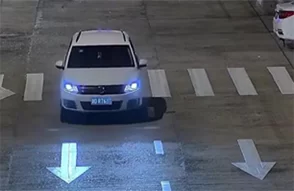 Dahua’s Starlight+ technology provides the best low-light performance, only requiring a minimum illumination of 0.004 lux. Cameras with this technology use a large sensor, smart imaging algorithms and a set of optical features to balance light throughout the scene.
Dahua’s Starlight+ technology provides the best low-light performance, only requiring a minimum illumination of 0.004 lux. Cameras with this technology use a large sensor, smart imaging algorithms and a set of optical features to balance light throughout the scene.
Recommended scenarios: Rural or public areas with little or no ambient lighting.
Cameras Featuring Starlight+
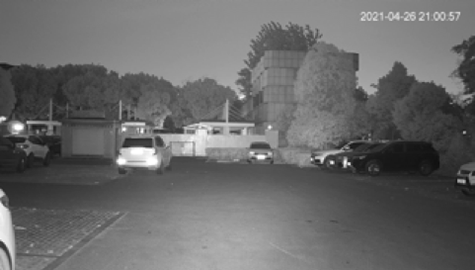
Conventional IR Camera
Night Color technology works differently than Starlight technology. Unlike Starlight technology, Night Color Technology does not use an IR Cut filter that switches images from color to black and white depending on lighting conditions.
Cameras with Night Color technology use smart ISP, a high-performance sensor, and an achromatic large aperture lens to produce crisp, clear color images in very low-light environments.
Smart ISP converts images into digital form while performing operations that enhance the image or extract useful information. ISP identifies and corrects imperfections caused by the lens, color filter, or sensor.
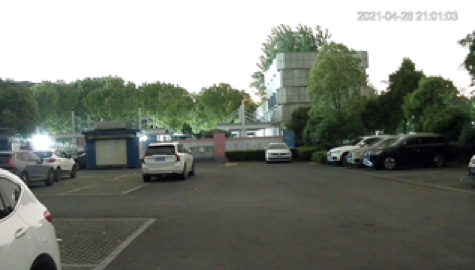
Night Color Camera
The high-performance STARVIS™ sensor uses back-illuminated CMOS technology to balance light throughout a scene. A back-illuminated structure increases the amount of light that enters each pixel and moves the sensor’s photosensitive surface closer to the light. This results in clear images in dark environments.
Dahua offers Night Color cameras with or without white-light LEDs.
- For applications with at least 1 lux of ambient or artificial light, a Night Color camera with white-light LEDs may not be required.
- For applications without ambient lighting nearby, a Night Color camera with white-light LEDs adds supplemental lighting without the need to add external lighting.
Recommended Scenarios: Applications where full-color images are required in environments with very low ambient lighting.
Cameras Featuring Night Color Technology
Dahua’s Basic Night Color features the VU-MORE Color Lite Camera Series. The VU-MORE Series features dual IR and white-light illuminators that intelligently deploy based on lighting conditions and motion in the scene.The camera will enter IR mode as ambient light decreases. When the camera detects a person entering the monitoring zone, the white-light illuminators activate to light the scene and capture full-color details. The camera automatically switches back to IR illumination after the person is no longer detected but the illuminators can be set to remain on for up to five minutes after a person leaves the monitoring area.
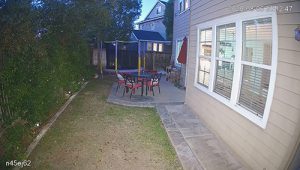
Sample with LED on

Sample with LED off
Dahua’s Enhanced Night Color technology cameras feature white-light LEDs to offer full-color images in total darkness. White-light color technology uses smart illumination to prevent overexposing images. Dahua cameras with this technology automatically activate white-light illuminators at low lux levels and adjust exposure time and LED intensity to best capture the environment.
Like Starlight models, Enhanced Night Color uses smart ISP and a high-performance sensor to produce clear images in dark environments.
Smart ISP converts images into digital form while performing operations that enhance the image or extract useful information. ISP identifies and corrects imperfections caused by the lens, color filter, or sensor.
The high-performance STARVIS™ sensor uses back-illuminated CMOS technology to balance light throughout a scene. A back-illuminated structure increases the amount of light that enters each pixel and moves the sensor’s photosensitive surface closer to the light. This results in clear images in dark environments.
Recommended Scenarios: Applications where full-color images are required in environments with very low ambient lighting.

Sample with LED on

Sample with LED off
Night Color+ Fusion technology is ideal for dark, low-light scenarios where unobtrusive security and full-color images are required. This technology captures video using two 4MP sensors. The first sensor extracts the details of the visible spectrum while the second sensor extracts the brightness of the black and white spectrum. The two images are then fused together to produce a detailed image without the use of a white-light illuminator. Cameras with Night Color+ have the ability to capture full-color images at longer distances compared to a standard IR camera.

Learn More about Dahua’s Low-light Technology
Night Color 2.0 Virtual Showcase
Night Color 2.0 Promotional Overview Video
Dahua’s 2MP Night Color Technology Comparison
Dahua’s 4MP Night Color Technology Comparison
Dahua’s Starlight Technology Overview































